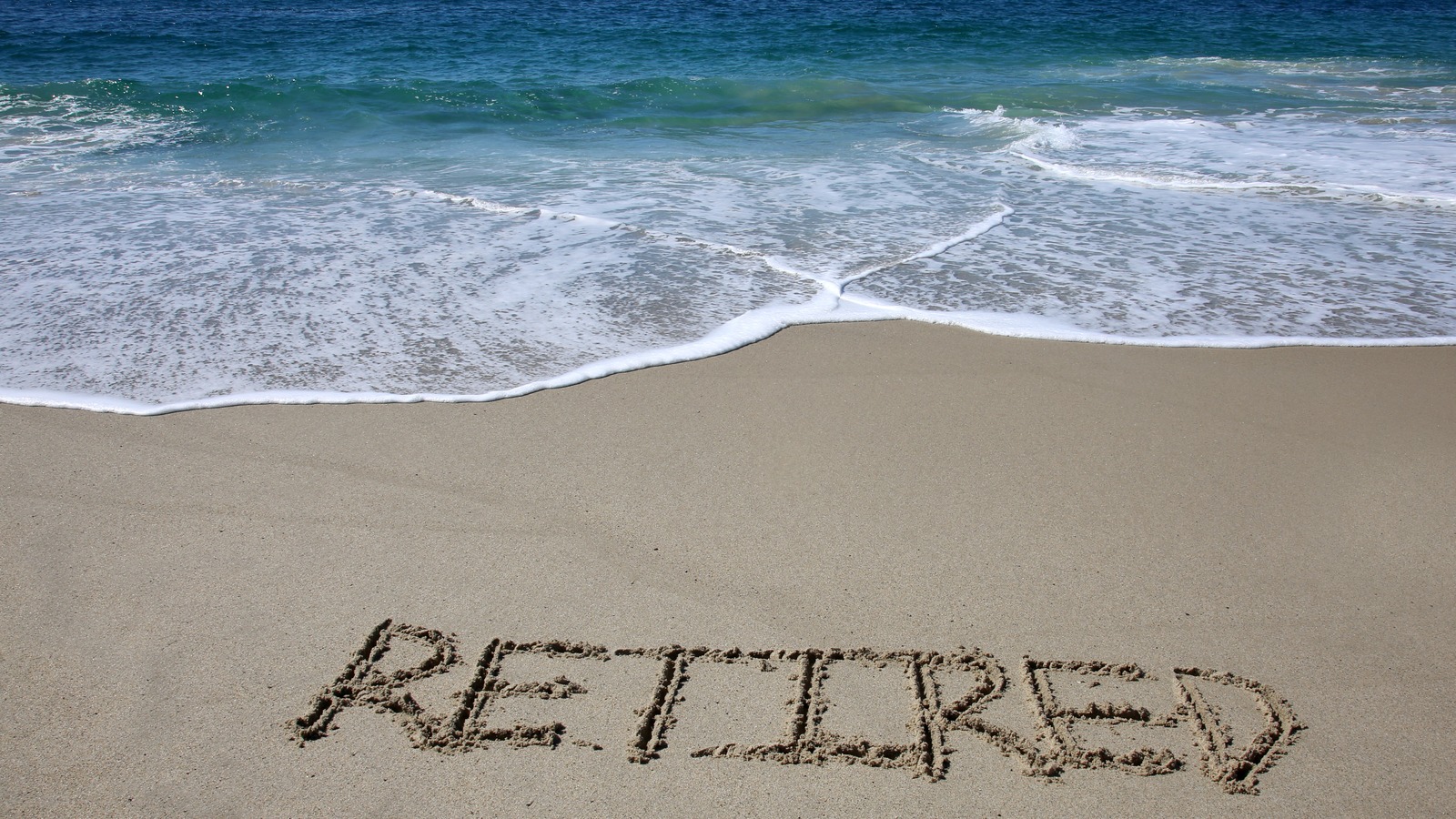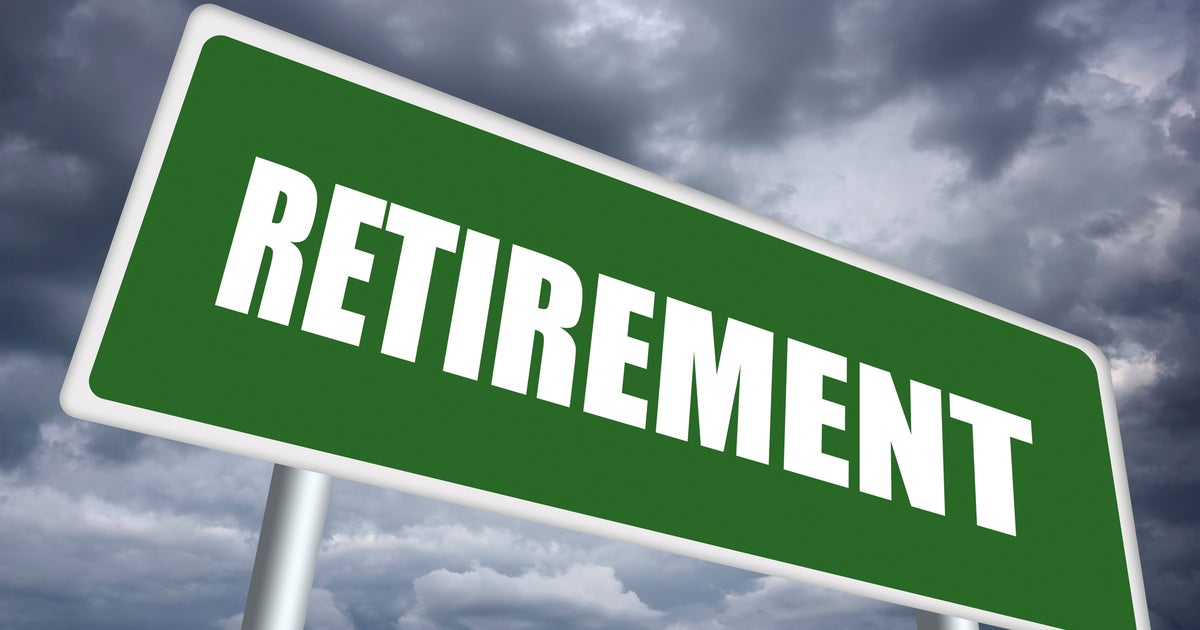There's a special kind of honor in sports, a quiet moment when a team decides to set a player's jersey number aside forever. It's a way of saying, "Your impact here was so big, so lasting, that no one else will ever wear this number again." For fans of the Boston Bruins, seeing those special numbers hanging high in the rafters at TD Garden is a powerful reminder of the team's rich history and the incredible individuals who shaped it. It's, you know, a very permanent kind of tribute.
When we talk about a number being "retired," it's a lot like a person stepping away from their work permanently, often after many years of dedicated service. Just as someone might be retired from their profession, their number is withdrawn from active use, no longer occupied by a player on the ice. It's a status that speaks volumes about their contribution, marking them as truly exceptional in their field.
These honored jerseys aren't just pieces of fabric; they tell stories of grit, skill, and loyalty. They represent moments of triumph, incredible plays, and the heart and soul these players poured into every game. It's a pretty unique way to remember someone's legacy, and it gives fans a chance to reflect on the heroes who helped make the Bruins what they are today.
Table of Contents
- What It Means for a Number to Be "Retired"
- The Hallowed Hall: Bruins Retired Numbers
- The Process of Retirement
- Why These Numbers Matter to Fans
- Frequently Asked Questions About Retired Bruins Numbers
- A Lasting Legacy
What It Means for a Number to Be "Retired"
When a sports team, like the Boston Bruins, retires a jersey number, it's a very special kind of acknowledgment. It means that specific number will never again be worn by a player on that team. It's a bit like a person who has stopped working permanently, usually because of age or after a long, successful career. The number, in a way, is now "secluded" from active duty, set apart as a symbol of an athlete's lasting impact.
This act is more than just a gesture; it's a permanent tribute. It signifies that the player who wore that number achieved something truly extraordinary, leaving an indelible mark on the team's history. It's a way for the organization to honor those who were, quite frankly, foundational to their success and identity. You know, it's a very public declaration of respect.
The concept of a "retired" number also connects to the idea of being "withdrawn from or no longer occupied with one's business or profession." The number is no longer in the "business" of being worn in games. Instead, it becomes a symbol, a beacon of past glories and a reminder of the standards set by those who came before. It's a pretty unique form of immortality within the world of sports.
The Hallowed Hall: Bruins Retired Numbers
The Boston Bruins have a proud history, and a big part of that history is tied to the players whose numbers now hang in the rafters. Each one represents a story of dedication, skill, and moments that shaped the team. These individuals, really, stopped working on the ice for the Bruins, but their presence remains.
Number 2: Eddie Shore
Eddie Shore was a defenseman who played for the Bruins from 1926 to 1940. He was known for his incredibly tough, physical style of play, which, you know, earned him the nickname "The Edmonton Express." Shore was a four-time Hart Trophy winner, an award given to the league's most valuable player, which is a pretty big deal. He was a key part of the Bruins' first two Stanley Cup wins in 1929 and 1939. His number was retired in 1947, a clear sign of his early and lasting influence. He was a very powerful force on the ice, that's for sure.
Number 3: Lionel Hitchman
Lionel Hitchman, a defenseman, spent 10 seasons with the Bruins, from 1927 to 1937. He served as the team's captain for eight of those years, showing his leadership qualities. Hitchman was a steady and reliable presence on the blue line, playing a big part in the Bruins' first Stanley Cup victory in 1929. His number was retired in 1934, making him the first player in Bruins history to have his number honored. This was, in a way, a very early example of recognizing permanent contributions.
Number 4: Bobby Orr
Bobby Orr, a defenseman, is often considered one of the greatest hockey players of all time. He played for the Bruins from 1966 to 1976. Orr changed how the defense position was played, combining incredible offensive skill with his defensive duties. He won two Stanley Cups with the Bruins in 1970 and 1972, scoring the iconic "flying goal" in 1970. He also won eight Norris Trophies, three Hart Trophies, and two Conn Smythe Trophies. His number 4 was retired in 1979, and it's, you know, arguably the most famous retired number in hockey.
Number 5: Dit Clapper
Dit Clapper had an amazing career with the Bruins, playing from 1927 to 1947. What's really cool about Clapper is that he played three different positions during his time: right wing, defense, and even briefly center. He was a versatile player and a leader, captaining the team for several seasons. Clapper was part of two Stanley Cup-winning teams (1929, 1939). His number 5 was retired in 1947, recognizing his incredible longevity and adaptability. He was, quite literally, a team player in every sense.
Number 7: Phil Esposito
Phil Esposito, a center, brought a new level of scoring to the Bruins from 1967 to 1975. He was a dominant offensive force, leading the league in scoring five times and setting records for goals and points. Esposito was a key figure in the Bruins' Stanley Cup wins in 1970 and 1972. His presence on the ice was, in some respects, truly commanding. He was known for his powerful shot and his ability to score from anywhere. His number 7 was retired in 1987, celebrating his goal-scoring prowess and the excitement he brought to the game.
Number 8: Cam Neely
Cam Neely, a right wing, played for the Bruins from 1986 to 1996. He was known for his unique blend of scoring ability and physical toughness. Neely could score goals in bunches, but he was also incredibly difficult to play against, often delivering big hits. Injuries shortened his career, but his impact was undeniable. He had three 50-goal seasons in just 49 games or less, which is, honestly, an incredible feat. His number 8 was retired in 2004, a tribute to his fiery spirit and goal-scoring touch.
Number 9: Johnny Bucyk
Johnny Bucyk, a left wing, holds the record for the most games played as a Boston Bruin, from 1957 to 1978. He was a consistent scorer and a beloved leader, serving as captain for many years. "Chief" was known for his quiet demeanor but powerful play, contributing to both Stanley Cup wins in the 1970s. His dedication and longevity were, you know, pretty remarkable. His number 9 was retired in 1980, celebrating his long and productive career with the team.
Number 15: Milt Schmidt
Milt Schmidt was a center who played for the Bruins from 1936 to 1955, though his career was interrupted by service in World War II. He was a central figure in the famous "Kraus-Schmidt-Cain" line, often called the "Sauerkraut Line." Schmidt was a two-time Stanley Cup winner (1939, 1941) and later served as the team's general manager and coach. His number 15 was retired in 1980, recognizing his contributions both on and off the ice. He was, in a way, a very complete hockey person.
Number 16: Rick Middleton
Rick Middleton, a right wing, played for the Bruins from 1976 to 1988. "Nifty" was known for his incredible stickhandling and scoring touch. He was a fan favorite and a consistent offensive threat, often making highlight-reel plays. Middleton served as co-captain and was a key player throughout his time in Boston. His number 16 was retired in 2018, a testament to his smooth style and many memorable moments. It's, you know, a very well-deserved honor for a player who brought so much excitement.
Number 22: Willie O'Ree
Willie O'Ree, a left wing, made history when he became the first Black player in the NHL, debuting with the Bruins in 1958. Though his time on the ice with the Bruins was brief, his impact on the game was, honestly, immeasurable. He broke barriers and paved the way for future generations. His number 22 was retired in 2022, not just for his play, but for his pioneering spirit and his enduring work as an ambassador for diversity in hockey. It's a very important number, representing much more than just goals and assists.
Number 24: Terry O'Reilly
Terry O'Reilly, a right wing, was the heart and soul of the Bruins from 1972 to 1989. "Taz" was known for his toughness, his relentless effort, and his willingness to stand up for his teammates. He was a physical player who also had a good scoring touch, and he served as captain for a time. O'Reilly embodied the hard-nosed spirit of the Bruins. His number 24 was retired in 2002, a clear recognition of his leadership and the passion he brought to every shift. He was, basically, the kind of player every team wanted.
Number 77: Ray Bourque
Ray Bourque, a defenseman, spent 21 seasons with the Bruins, from 1979 to 2000, making him one of the longest-serving captains in team history. He was a phenomenal two-way defenseman, combining offensive skill with defensive reliability. Bourque won five Norris Trophies and holds many Bruins records for defensemen. Though he won his only Stanley Cup with the Colorado Avalanche after being traded, his legacy as a Bruin is, you know, absolutely undeniable. His number 77 was retired in 2001, recognizing his incredible career and dedication to the Boston franchise.
The Process of Retirement
The decision to retire a jersey number is a really big one for any sports team. It's not something that happens very often, and it's reserved for players who have truly gone above and beyond. Typically, a player must have spent a significant portion of their career with the team and made an extraordinary impact, both on the ice and, sometimes, in the community. It's, basically, a way to honor someone who has stopped working in that role but whose legacy continues.
The process often involves a special ceremony where the player, their family, former teammates, and fans gather to celebrate their achievements. The jersey, often a replica of one they wore, is then raised to the arena rafters, where it hangs as a permanent symbol of their greatness. This act is a very public way of acknowledging that the number is now "secluded" from future use, reserved only for that legendary individual. It's, you know, a very moving experience for everyone involved.
This permanent withdrawal of a number from active use is a sign of the highest respect. It ensures that the player's contributions are remembered by every generation of fans who come to watch the team play. It's a clear statement that their time with the team was, in a way, unmatched. Learn more about hockey traditions on our site, and link to this page for more team history.
Why These Numbers Matter to Fans
For fans, seeing those retired numbers hanging high above the ice is more than just a nod to history; it's a deep connection to the team's soul. Each number represents a hero, a moment, or an era that shaped their passion for the Bruins. It's a reminder of the legends who wore the spoked-B with pride and left everything they had on the ice. These numbers are, honestly, very visible symbols of the team's heritage.
These retired jerseys help new fans understand the rich past of the team and the giants upon whose shoulders today's players stand. They create a sense of continuity and pride, linking generations of supporters through shared memories of incredible athletic feats and unforgettable victories. It's, you know, a very tangible link to the past.
When you look up at those banners, you're not just seeing a number; you're seeing the spirit of a player who truly embodied what it means to be a Bruin. It's a feeling of reverence, a quiet appreciation for the sacrifices and triumphs that made the team what it is. This is why retired Bruins numbers hold such a special place in the hearts of the fanbase.
Frequently Asked Questions About Retired Bruins Numbers
Here are some common questions people often ask about the Bruins' honored jerseys:
Which Bruins players have their numbers retired?
The Boston Bruins have retired the numbers of several legendary players. These include Eddie Shore (#2), Lionel Hitchman (#3), Bobby Orr (#4), Dit Clapper (#5), Phil Esposito (#7), Cam Neely (#8), Johnny Bucyk (#9), Milt Schmidt (#15), Rick Middleton (#16), Willie O'Ree (#22), Terry O'Reilly (#24), and Ray Bourque (#77). Each player, you know, left a truly significant mark.
What does it mean for a number to be retired in hockey?
When a number is retired in hockey, it means that no future player on that team will ever wear that specific jersey number again. It's the highest honor a team can give a player, recognizing their outstanding contributions, achievements, and lasting legacy with the franchise. It's, basically, a permanent tribute to their greatness, like a person who has stopped working but whose impact is still felt.
Are there any criteria for retiring a number?
While there aren't strict, universally published rules, teams typically retire numbers for players who have had an extraordinary impact on the franchise. This often includes long tenure, significant achievements (like Stanley Cups, major awards, or breaking records), and strong leadership. The player's character and connection to the fanbase also play a big role. It's, you know, a decision made with a lot of thought and respect.
A Lasting Legacy
The retired Bruins numbers are more than just historical markers; they are living testaments to the power of dedication, talent, and team spirit. They remind us that while players may eventually stop working on the ice, their contributions can live on forever in the hearts of fans and the annals of the sport. These numbers are, truly, a very important part of the Bruins' identity, connecting past glories with future hopes.



Detail Author:
- Name : Audreanne Huels
- Username : fahey.sigurd
- Email : raphael.mcclure@cartwright.com
- Birthdate : 1997-12-06
- Address : 84721 Walker Center Suite 372 Casperborough, IN 24240-8967
- Phone : 562-441-6005
- Company : Goldner-Wisoky
- Job : Funeral Director
- Bio : Sed dignissimos accusamus vitae rem consequuntur est deleniti magnam. Esse deserunt quia esse porro esse.
Socials
instagram:
- url : https://instagram.com/thomas8878
- username : thomas8878
- bio : Aut est ea aut labore. Hic consequatur suscipit voluptatem nostrum illo.
- followers : 2133
- following : 88
linkedin:
- url : https://linkedin.com/in/thomas_id
- username : thomas_id
- bio : Quo beatae qui sunt sit ipsam neque et.
- followers : 2588
- following : 345
twitter:
- url : https://twitter.com/thomas_real
- username : thomas_real
- bio : Sit quisquam recusandae maiores. Iusto veritatis ipsum sunt qui sed velit. Eaque ut quos at mollitia quidem omnis.
- followers : 3772
- following : 590
facebook:
- url : https://facebook.com/thomasflatley
- username : thomasflatley
- bio : Tenetur est neque assumenda facilis.
- followers : 5640
- following : 1386
tiktok:
- url : https://tiktok.com/@flatleyt
- username : flatleyt
- bio : Alias fugit ut placeat officiis sed quisquam nobis ipsam.
- followers : 6776
- following : 1217